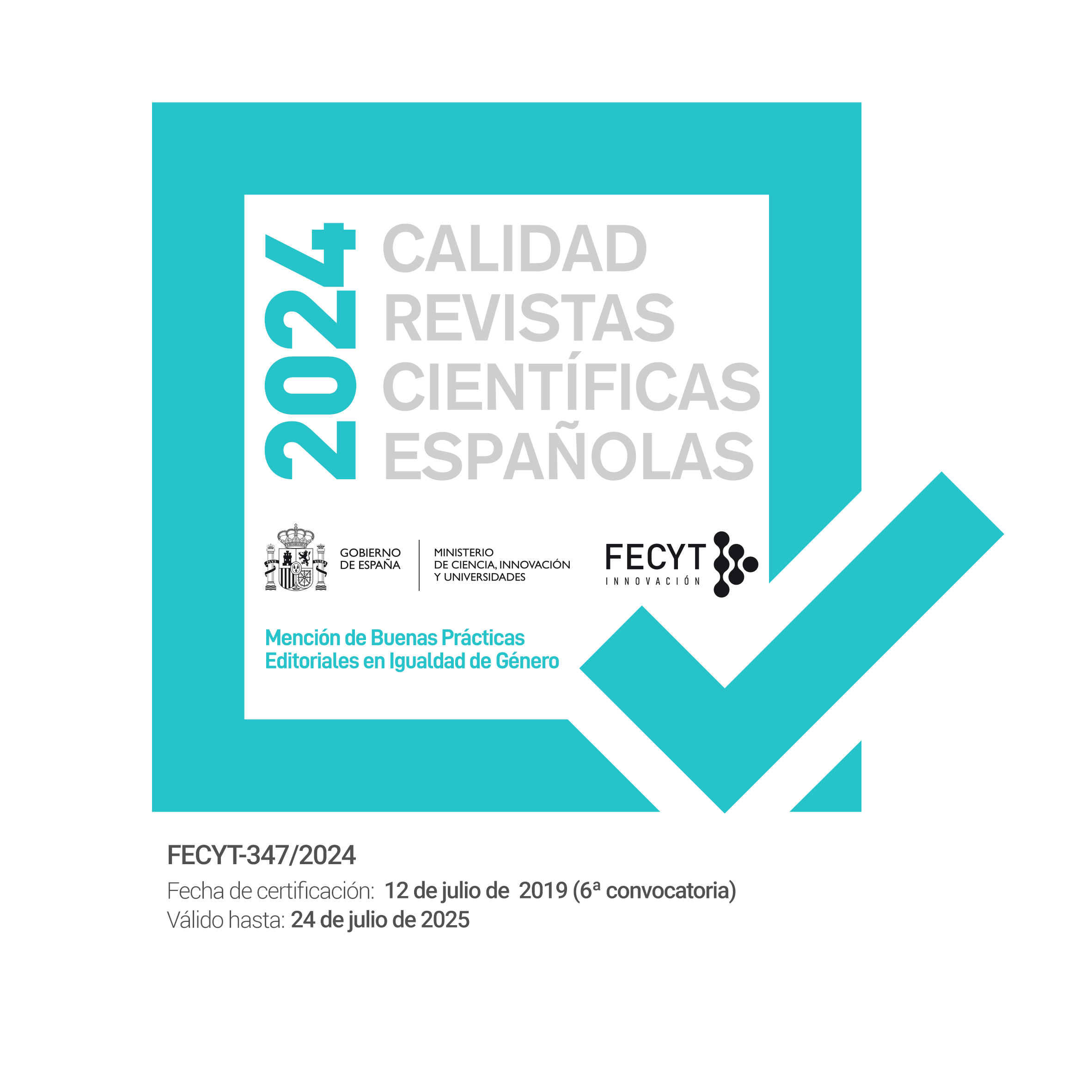Architettura e magnificenza nella Palermo del primo Cinquecento : il prospetto denominato di Santa Eulalia dei Catalani
DOI:
https://doi.org/10.5944/etfvii.18-19.2005.1489Palabras clave:
architettura, cinquecento, classicismo, Carlo V, Loggia, Catalani, Palermo, architecture, Sixteenth Century, classicism, catalans,Resumen
A una attenta analisi, la misteriosa facciata nota come prospetto della chiesa di Santa Eulalia dei Catalani a Palermo risulta essere il frammento superstite di una Loggia realizzata, e forse mai completata, a partire dalla fine degli anni trenta del Cinquecento. La comunità e i banchieri catalani presenti a Palermo sono certamente i promotori di una architettura all’antica che si avvia dopo il trionfale ingresso dell’imperatore Carlo V in città nel 1535. Lo studio di questo edificio e le ipotesi sulla spazialità interna risultano estremamente illuminanti per comprendere una fase architettonica ancora poco nota nella capitale del Regno di Sicilia.
At a careful analysis, the mysterious façade known as the front of St. Eulalia of the Catalans church in Palermo turns out to be the surviving fragment of a Loggia, wich construction, maybe never ended, started in the 153’s. The Catalan community and bankers living in Palermo are doubtless the promoters of an architecture in ancient style, starting after the triumphal entrance in the city of the emperor Carlo V in 1535. The study of this building and the hypothesis about its interior space are extremely evealing to understand an architectonical phase in the capital of Sicilian Reign still not well known.
Descargas
Descargas
Publicado
Cómo citar
Número
Sección
Licencia
Los autores que publican en esta revista están de acuerdo con los siguientes términos:
- Los autores conservan los derechos de autor (copyright) de las obras publicadas y garantizan a la revista el derecho de ser la primera publicación del trabajo al igual que permiten la reutilización del mismo bajo la licencia de uso indicada en el punto 2.
- Las obras se publican en la edición electrónica de la revista bajo bajo una licencia Creative Commons Reconocimiento-NoComercial 4.0 Internacional, que permite a otros compartir el trabajo con un reconocimiento de la autoría del trabajo y de la publicación inicial en esta revista. Se pueden copiar, usar, difundir, transmitir y exponer públicamente, siempre que: i) se cite la autoría y la fuente original de su publicación (revista, editorial y URL de la obra); ii) no se usen para fines comerciales.
- Se permite y se anima a los autores a difundir electrónicamente las versiones pre-print (versión antes de ser evaluada) y/o post-print (versión evaluada y aceptada para su publicación) de sus obras antes de su publicación, ya que favorece su circulación y difusión más temprana y con ello un posible aumento en su citación y alcance entre la comunidad académica (por ejemplo, en repositorios institucionales o en su propio sitio web). Color RoMEO: verde. (Véase The Effect of Open Access) (en inglés).







